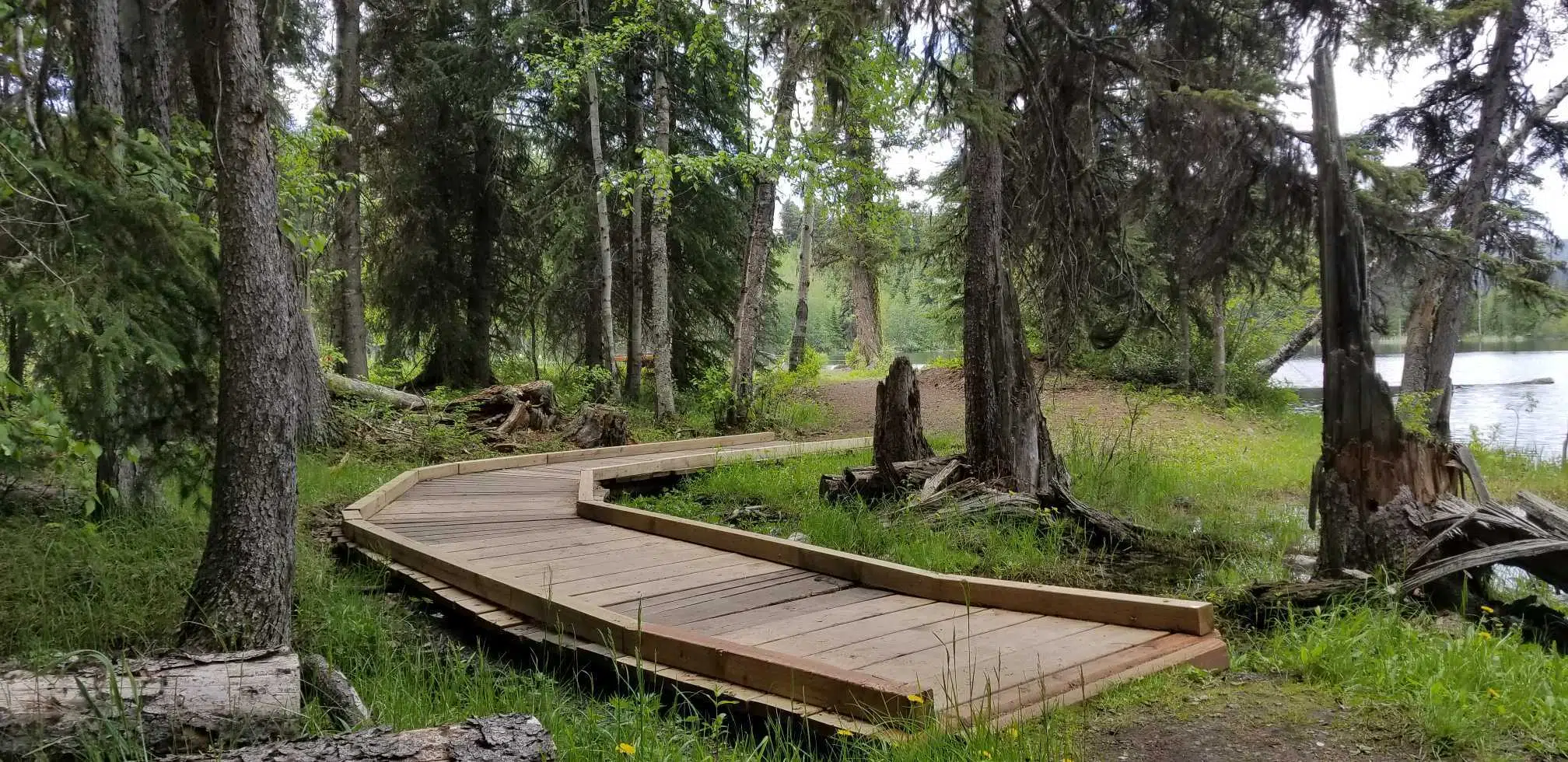
Kamloops Thompson Trails Alliance celebrates grand opening of accessible trail at Isobel Lake
KAMLOOPS — For many people living in B.C.’s Interior hiking is a favourite pastime. But, for some, mobility issues can complicate or even prevent a trip to the trails.
“A lot of trails will have just one step, you know where people step up six inches with a little board there. Well, that’s the end of the trail for me,” Glenn Dreger said. “Physically I’m not very strong so I can’t open gates anymore.”
Dreger is a member of both the Kamloops Fish and Game Club and the Kamloops Naturalist Club.


